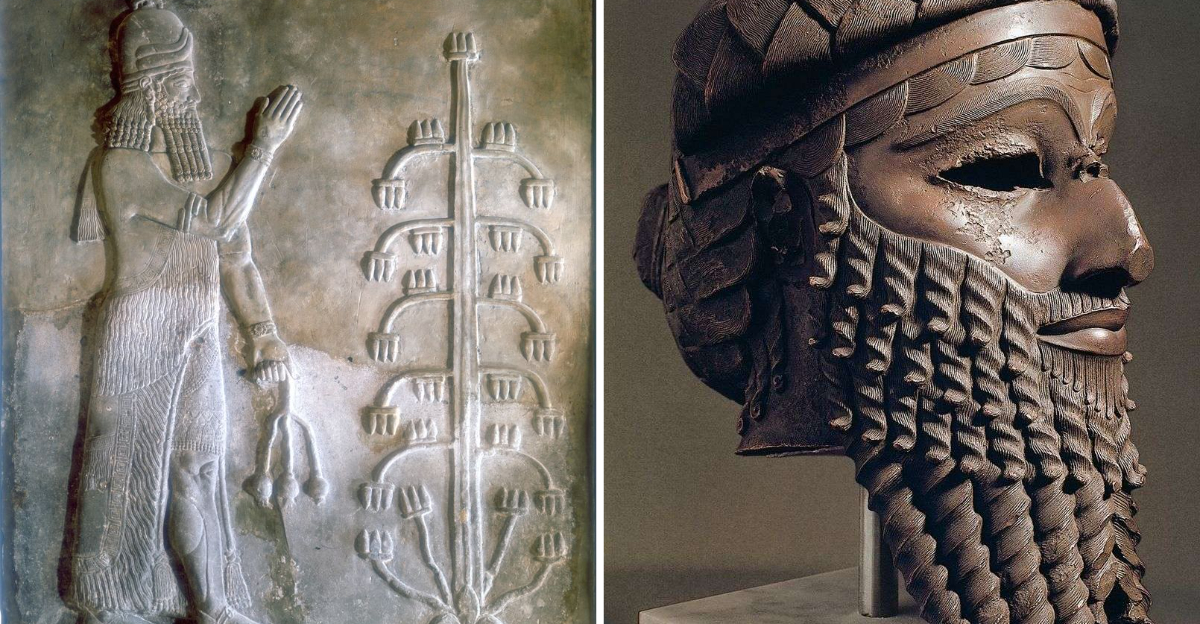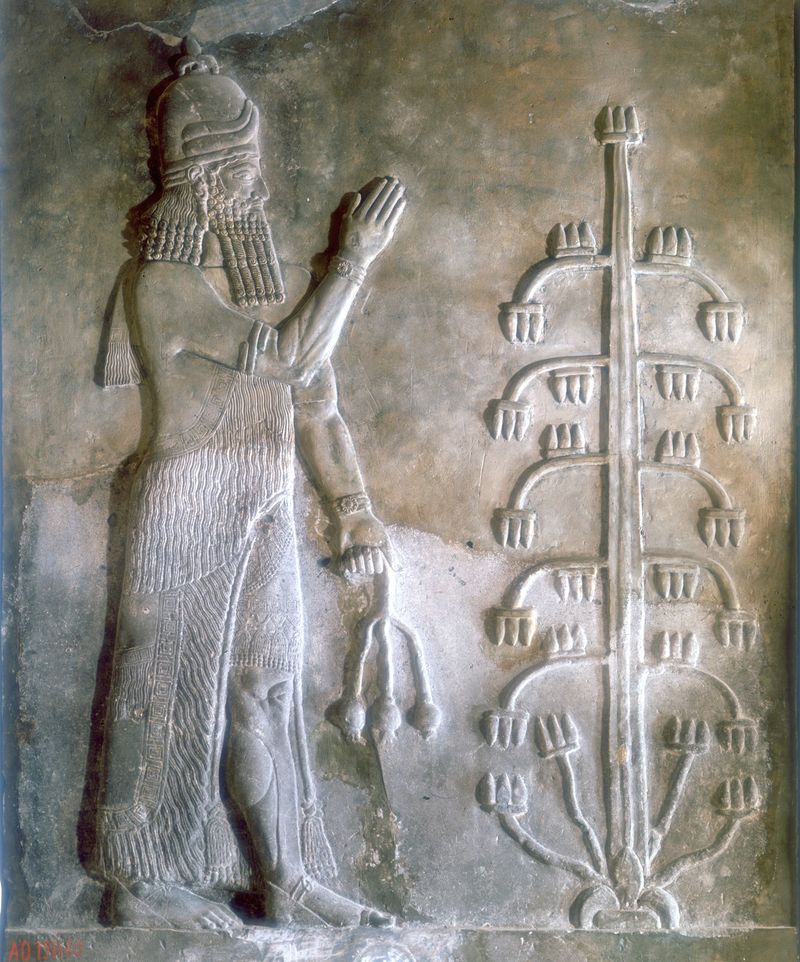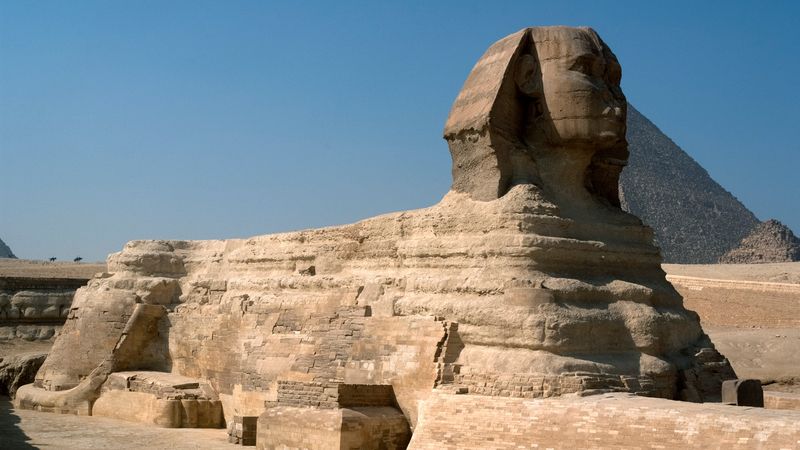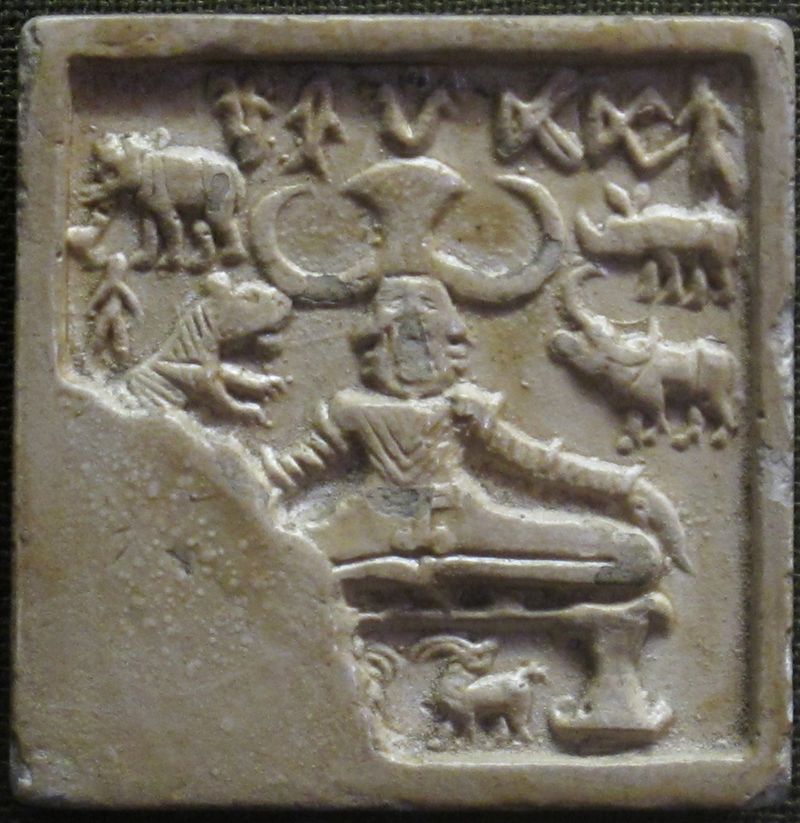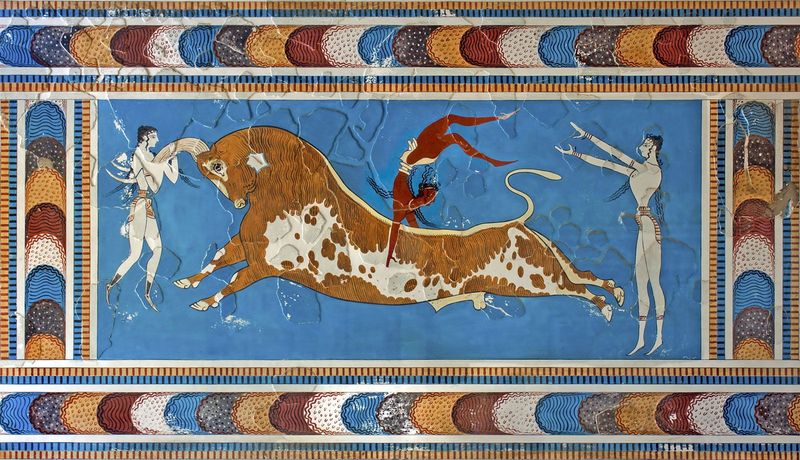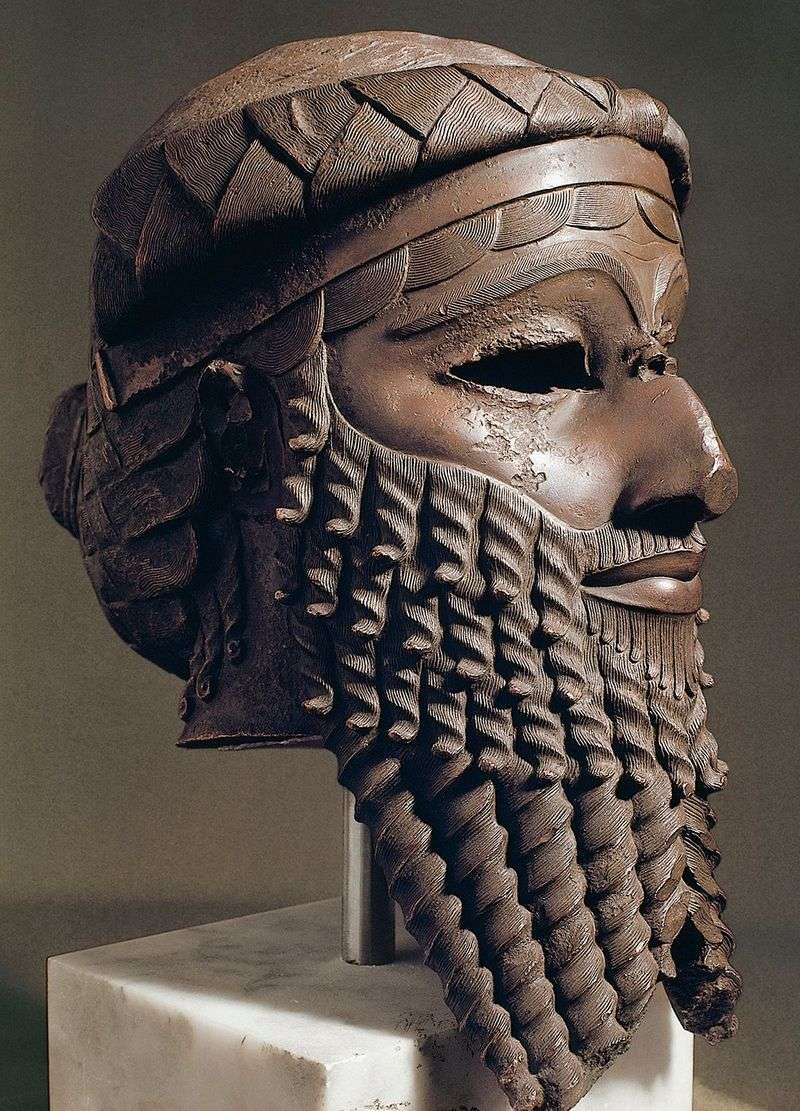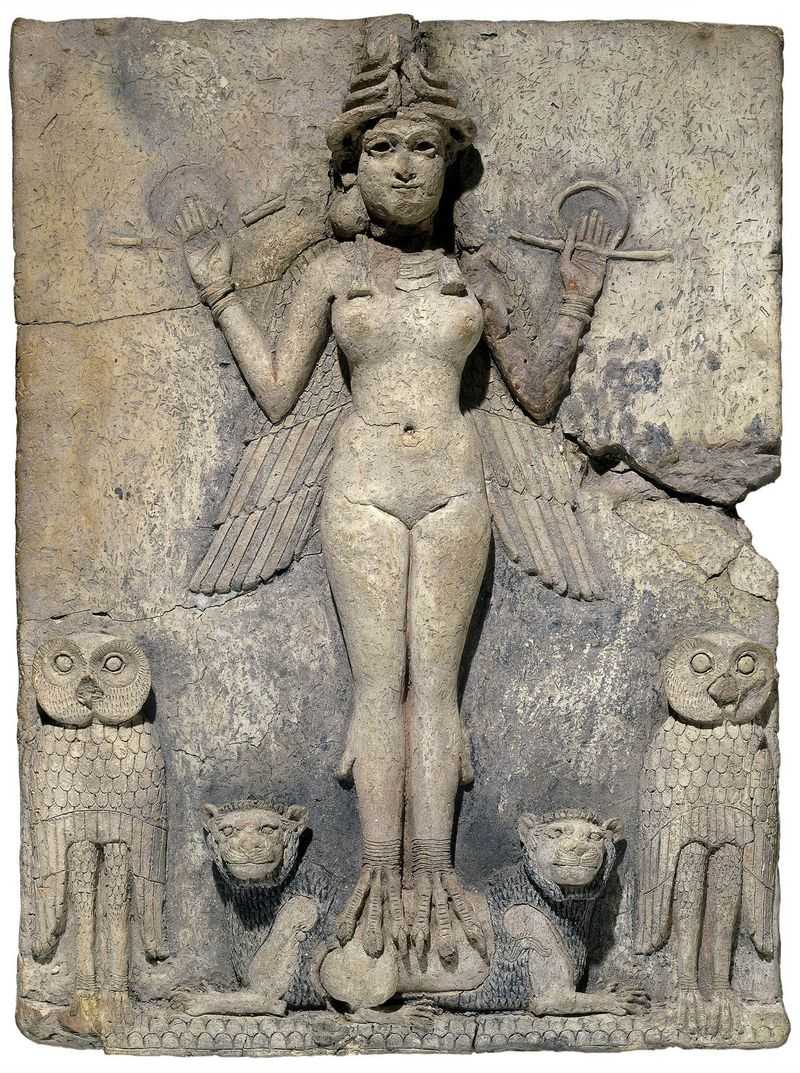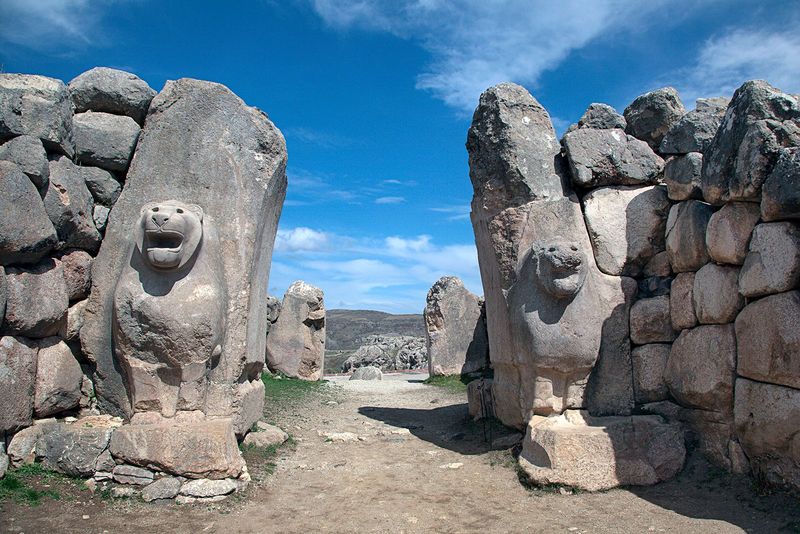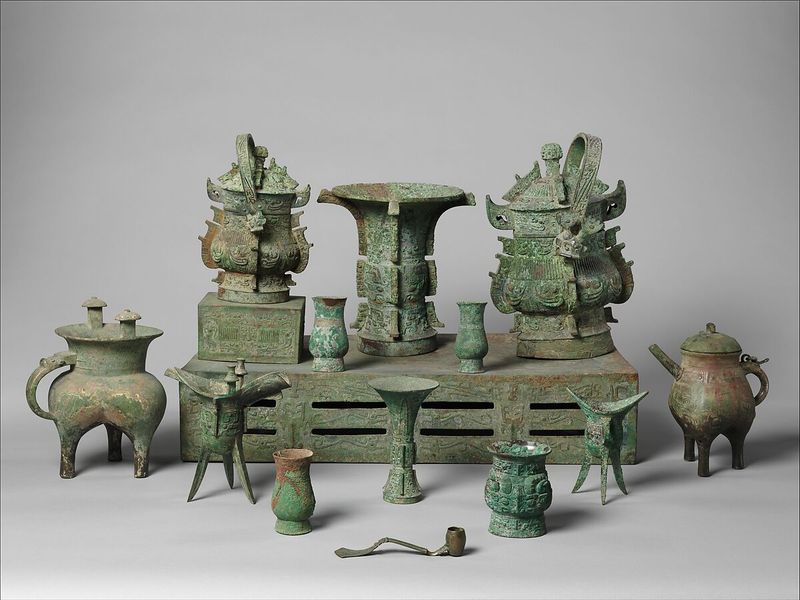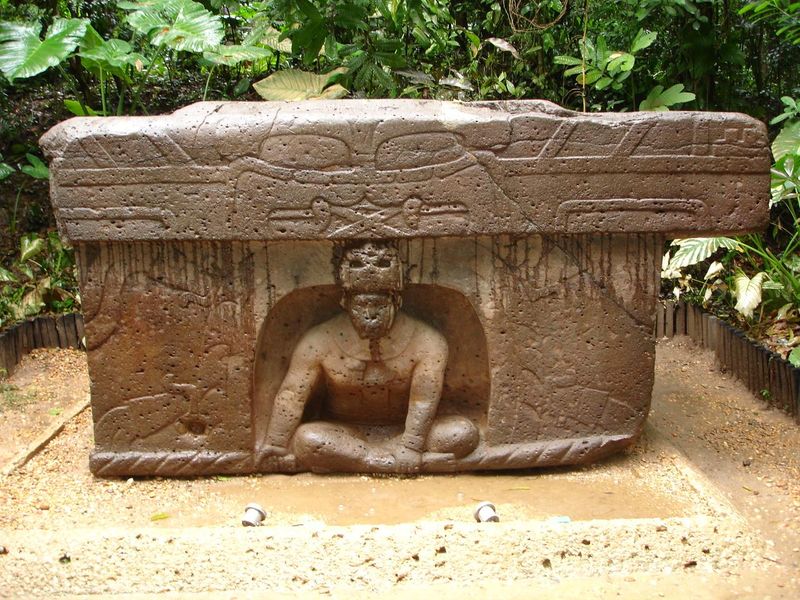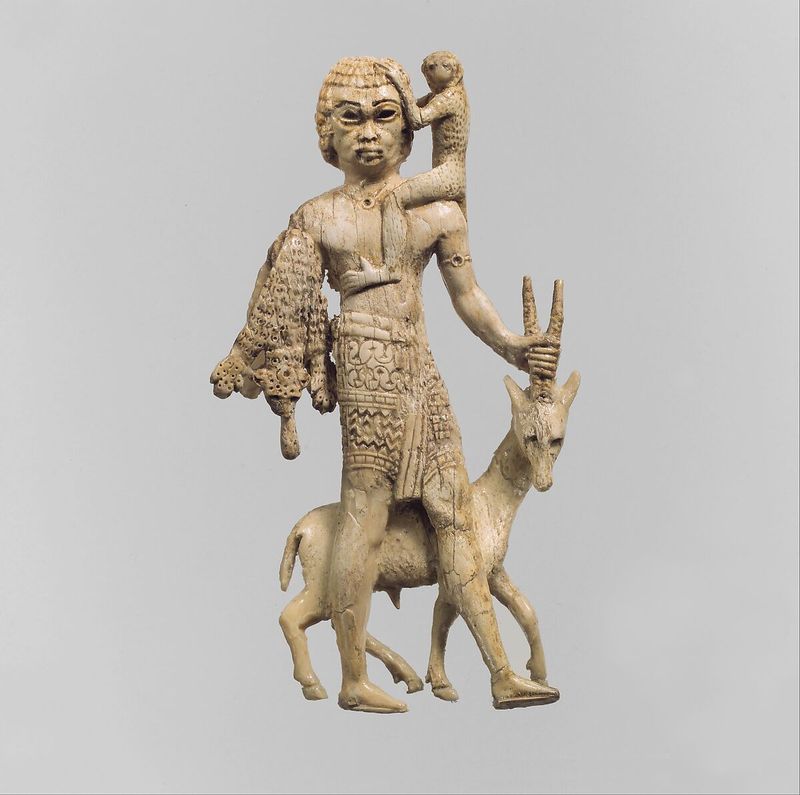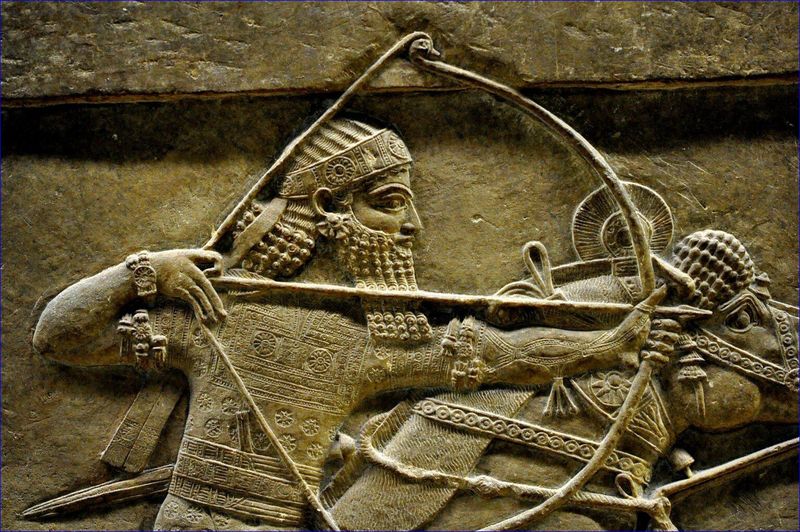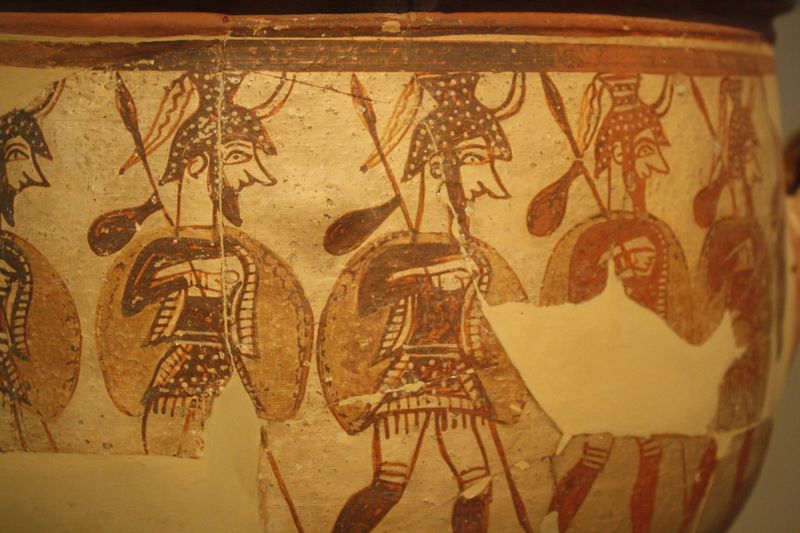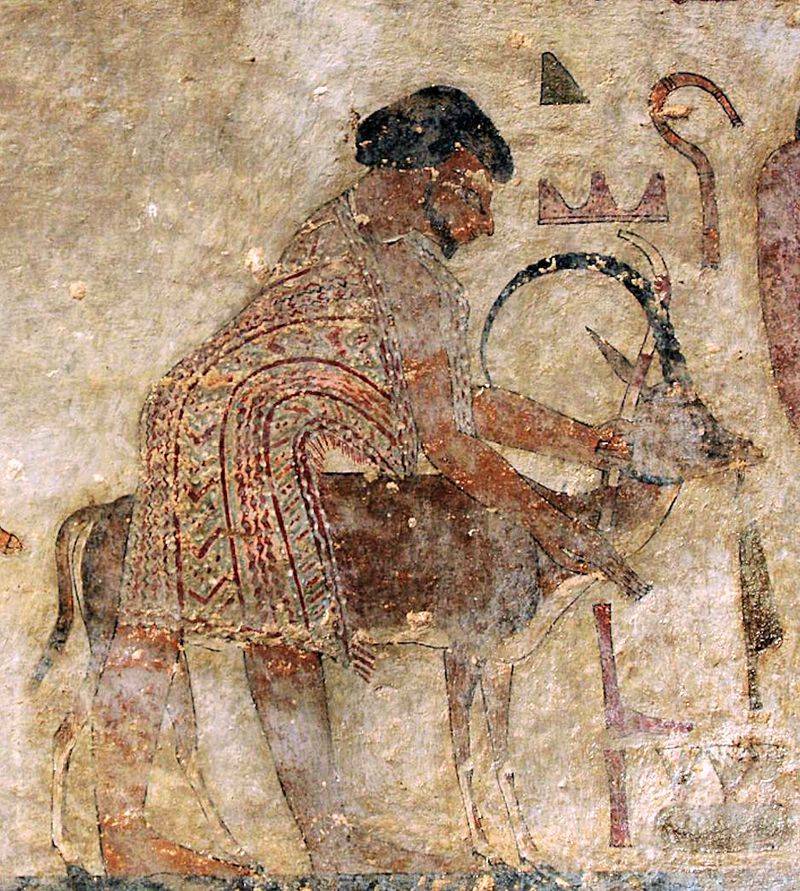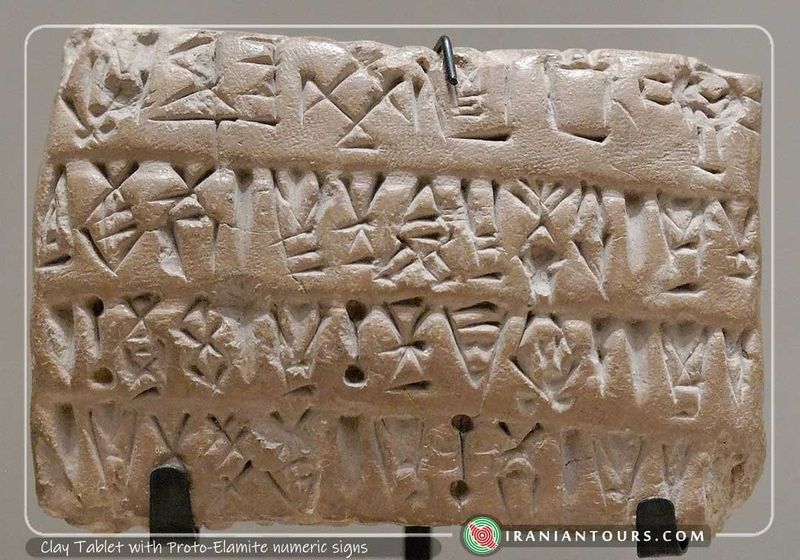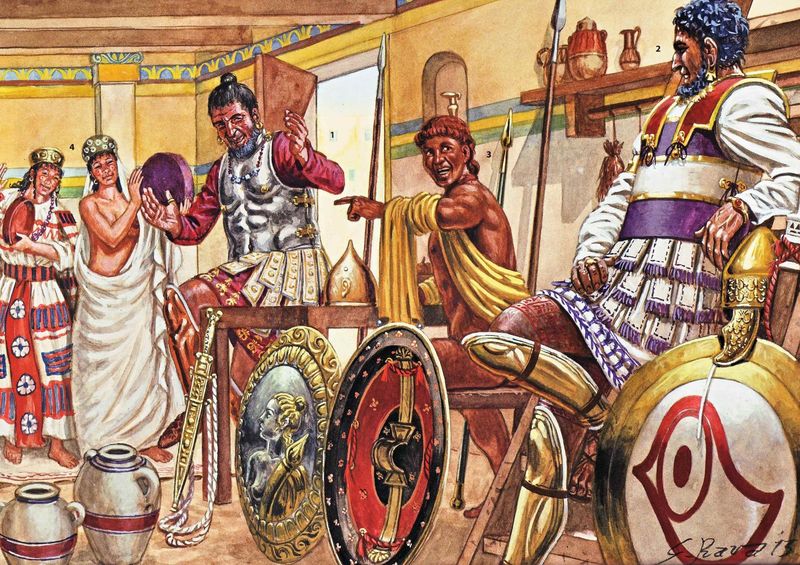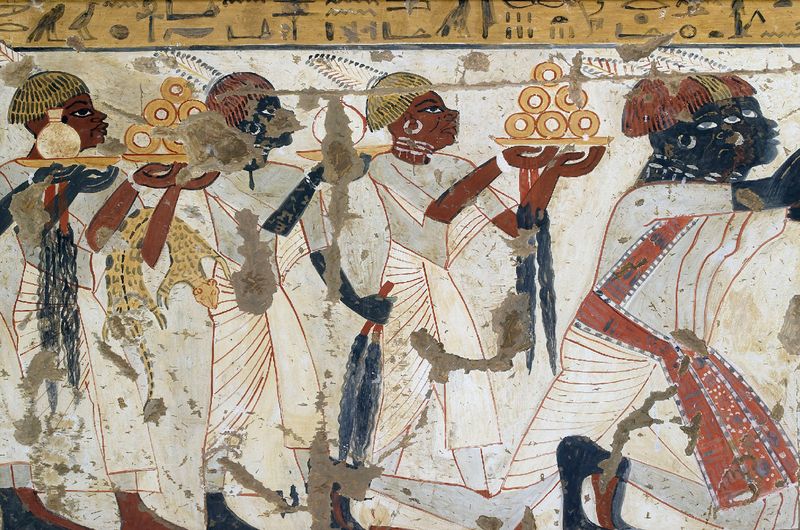Explore the fascinating history of the world’s oldest civilizations. These societies have laid the foundations for modern culture, science, and governance. Discover the unique characteristics that made each of these 16 civilizations stand out in their era.
Sumerians (circa 4500-1900 BC)
The Sumerians flourished in Mesopotamia, now modern-day Iraq, around 4500 BC. Known for their innovations in writing, the Sumerians developed cuneiform, one of the earliest writing systems. Their cities, like Ur and Uruk, were among the first in the world, showcasing advanced architecture and urban planning.
Sumerians practiced polytheism, worshipping gods such as Anu and Enlil. They also made significant advances in agriculture, creating an irrigation system that helped sustain their crops.
Their legacy continues to influence modern civilization, particularly in areas of governance, art, and literature.
Ancient Egyptians (circa 3100-30 BC)
The Ancient Egyptians are renowned for their monumental architecture, such as the pyramids and the Sphinx. Established around 3100 BC, their civilization extended along the Nile River, providing fertile lands for agriculture.
Pharaohs ruled with divine authority, and the society was deeply religious, focusing on the afterlife. Hieroglyphics, their writing system, adorned temples and tombs, preserving history and culture.
Their contributions to mathematics, medicine, and engineering set foundations for future societies. The legacy of Ancient Egypt remains evident in art, architecture, and numerous cultural practices.
Indus Valley Civilization (circa 3300-1300 BC)
The Indus Valley Civilization, spanning parts of modern-day Pakistan and northwest India, thrived from 3300 to 1300 BC. Known for their urban planning, cities like Harappa and Mohenjo-Daro had advanced drainage systems and standardized weights and measures.
The civilization was highly skilled in crafts, producing exquisite pottery and textiles. Their script, though undeciphered, suggests a complex society with a rich cultural life.
The decline of this civilization remains a mystery, but its contributions to urban planning and trade have had a lasting impact on subsequent cultures in the region.
Minoans (circa 3650-1400 BC)
The Minoans emerged on the island of Crete around 3650 BC, known for their intricate palaces, such as Knossos. These structures were central to their society, featuring complex architecture and vibrant frescoes depicting religious rituals and daily life.
Trade was vital, as they exchanged goods like olive oil and pottery with other cultures in the Mediterranean. Their script, known as Linear A, remains undeciphered, adding mystery to their cultural practices.
The Minoan civilization eventually declined, possibly due to natural disasters and invasions, but their influence on Greek culture is undeniable.
Akkadian Empire (circa 2334-2154 BC)
The Akkadian Empire, founded by Sargon the Great around 2334 BC, was one of the world’s first empires, uniting various city-states in Mesopotamia. Known for its military prowess, the empire expanded its territory significantly.
Akkadians adopted Sumerian culture, including cuneiform writing, blending it with their own Semitic language. They made advances in art, notably in sculpture and reliefs depicting imperial power.
The empire eventually fell due to internal strife and external invasions, but its legacy influenced later Mesopotamian civilizations, contributing to the region’s rich history.
Babylonians (circa 1894-539 BC)
Babylonia rose to prominence in Mesopotamia around 1894 BC, with its capital, Babylon, becoming a center of culture and power. The Babylonians are best known for Hammurabi’s Code, one of the earliest known sets of laws.
Their advancements in astronomy and mathematics were significant, influencing future civilizations. The Hanging Gardens, one of the Seven Wonders of the Ancient World, reflect their architectural achievements.
Despite eventual conquest by the Persians, Babylonian culture and traditions continued to influence the region, leaving an indelible mark on history with contributions to law and science.
Hittites (circa 1600-1178 BC)
The Hittites established a powerful empire in Anatolia around 1600 BC, known for their military strength and chariot warfare. They were among the first to utilize iron, revolutionizing weaponry and tools.
Their legal code was progressive, providing insights into their society’s structure and values. Hittite kings, such as Suppiluliuma I, expanded their territory through diplomacy and warfare.
The empire eventually declined due to invasions and internal conflicts. However, the Hittites left a lasting legacy, influencing neighboring cultures and contributing to the development of iron technology.
Shang Dynasty (circa 1600-1046 BC)
The Shang Dynasty, ruling from around 1600 to 1046 BC, is recognized as the first recorded Chinese dynasty. Known for their advances in metallurgy, they produced sophisticated bronze artifacts for rituals and warfare.
The Shang practiced ancestor worship, and their use of oracle bones provides a glimpse into their religious beliefs and writing system. Their society was hierarchical, with the king at the top, supported by nobles and warriors.
The Shang Dynasty laid the foundations for Chinese civilization, influencing later dynasties with its cultural and technological achievements.
Olmec Civilization (circa 1500-400 BC)
The Olmec civilization, flourishing in Mesoamerica from 1500 to 400 BC, is often considered the “mother culture” of the region. Known for their colossal stone heads, the Olmecs displayed remarkable artistry and craftsmanship.
They developed a calendar and possibly a writing system, setting the stage for later Mesoamerican civilizations. Agriculture, particularly maize cultivation, was central to their economy.
The reasons for their decline remain unclear, but their cultural influence persisted, shaping the traditions and practices of subsequent cultures like the Maya and Aztecs.
Phoenicians (circa 1500-300 BC)
The Phoenicians, emerging around 1500 BC, were renowned seafarers and traders, establishing colonies across the Mediterranean. Their most significant contribution was the development of the alphabet, which influenced Greek and Latin scripts.
Cities like Tyre and Sidon were centers of commerce and culture. The Phoenicians were skilled in producing purple dye from sea snails, a luxury item in the ancient world.
Despite eventual conquest by the Assyrians and Persians, Phoenician culture and innovations in navigation and writing left a lasting legacy in the Mediterranean region.
Assyrian Empire (circa 2500-609 BC)
The Assyrian Empire, with origins around 2500 BC, was a dominant force in Mesopotamia. Known for their military prowess, they expanded their territory through conquests, becoming one of the most powerful empires of the ancient Near East.
Assyrians built impressive cities like Nineveh, with grand palaces and intricate sculptures. Their advancements in administration and governance were significant, influencing subsequent empires.
The empire’s decline was due to internal strife and external invasions, but its cultural and military innovations had a lasting impact on the region’s history.
Mycenaeans (circa 1600-1100 BC)
The Mycenaeans thrived in mainland Greece around 1600 BC, known for their fortified palace complexes and intricate art. They played a crucial role in the development of Greek culture and mythology.
Linear B, their script, is an early form of Greek writing, providing insights into their society and economy. Mycenaeans were skilled warriors, participating in the legendary Trojan War.
Their civilization eventually declined, possibly due to natural disasters and invasions, but their cultural contributions influenced the later Greek city-states and epic tales like the Iliad and the Odyssey.
Hebrews (circa 2000 BC)
The Hebrews, emerging around 2000 BC, significantly impacted religious and cultural history. Rooted in the ancient Near East, they developed a unique monotheistic belief system, worshipping one God.
Their narrative, documented in the Hebrew Bible, details their journey from nomadic tribes to a unified kingdom under leaders like King David and Solomon. The Hebrews made advances in law and ethics, influencing Western moral and legal frameworks.
Despite facing conquests and exile, their religious and cultural legacy endures, forming a foundation for Judaism and influencing Christianity and Islam.
Elamite Civilization (circa 2700-539 BC)
The Elamite Civilization, thriving in southwestern Iran from around 2700 BC, played a crucial role in regional politics and culture. Known for their distinctive script and monumental architecture, Elamites interacted with neighboring Mesopotamian societies.
Their economy was based on agriculture, trade, and metallurgy, with Susa as a significant urban center. Elamite kings, like Shutruk-Nakhunte, expanded their territory through warfare.
Despite eventual decline, the Elamites influenced Persian culture and administration, contributing to the region’s historical development and leaving a lasting cultural legacy.
Carthaginians (circa 814-146 BC)
The Carthaginians, founding their city around 814 BC in modern-day Tunisia, became a major power in the western Mediterranean. Known for their seafaring skills, they established a vast trade network.
Carthage’s military prowess, particularly during the Punic Wars against Rome, was notable. Hannibal, one of their greatest generals, is famed for his audacious crossing of the Alps with elephants.
Although eventually conquered by Rome, Carthaginian contributions to maritime trade and naval warfare were significant, leaving a lasting imprint on Mediterranean history.
Nubians (circa 3500 BC)
The Nubians, with origins around 3500 BC in the Nile Valley, established a civilization known for its wealth and military power. They built impressive pyramids and temples, rivaling those of Egypt.
Nubia was rich in resources like gold and ivory, making it a key player in regional trade. The kingdom of Kush, one of the prominent Nubian states, even ruled over Egypt during the 25th Dynasty.
Despite eventual decline, Nubian culture and achievements in architecture and governance influenced the region’s history, contributing to the cultural richness of the Nile Valley.
